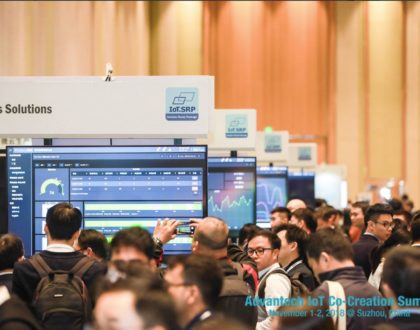The Importance of Updating Software and Firmware for Managed Network Equipment
WHEN NETWORK EQUIPMENT FAILS TO WORK AND BEST PRACTICES
Simple Network Management Protocol (SNMP) is a beautiful thing…..when it functions properly. An SNMP application can be supported by a Graphical User Interface (GUI), and displayed via a desktop, web browser-based or web server-based software. The software is often fee-based, and provides critical information to the network administrator. Critical information such as whether a linked interface is active or dead, if one of two power supplies has died, whether the speed has dropped from gigabit to 100Mbps, for example. All these conditions cause the network administrator a lot of heartburn, and antacids are just not going to help.
When network equipment does not function in the way it was initially configured to operate, the admin has two choices: send out a technician to the site (the dreaded “truck roll”), or he can try to troubleshoot at the Central Office (CO). Using SNMP supports the latter decision, but that is not the end of it.
An expensive SNMP application enables the network admin to monitor and manage all the devices on the network, from a Layer 1 media converter to a Layer 3 Switch. Think of it like the health status of the network. All devices are consistently monitored to maintain connectivity and configuration. Events such as Get, Set and Trap within SNMP make this all happen. Trap in particular is useful, as it is an event that is designed to notify the admin of a fault condition, via an email, a pop-up dialog box, or other forms. Traps are also typically entered automatically into the log within the SNMP application (software). The software also has the job of making sure that the supported device is properly identified and all attributes displayed. This is what the agent performs in the software. SNMP applications generally will offer downloadable updates, to support new devices or features, for example.
Many network devices have management capability, based on the type of chipset they have. The device has an agent in it, supported by Flash PROM. With Flash PROM, a network device can be updated by the end-user (in this case, the network admin). Updates typically will cover enhancements and bug fixes, and are downloadable in the form of a binary file. This is referred to as firmware.
Before you completely doze off, the bottom line is that when SNMP is utilized, the agent in the software “talks” to the agent in the firmware (of the network device). This is important to understand, because if the agent in the software has outdated information to display, the device often does not function properly, leading the admin to believe that the device itself is faulty.
Let’s take an example: a gigabit device with an SFP interface is capable of supporting fiber SFPs. The software correctly displays the gigabit device and its SFP port. Due to customer demand, the product is upgraded to now support copper SFPs. If the software has not been updated, there is no option to identify that a copper SFP has been installed. Conversely, if the software is updated, but the Flash PROM has not been updated on the device, the device will appear to be faulty.
To summarize, best practices dictates that before you pick up the phone to call a tech support center, have you checked the vendor’s website to ensure you have the latest software and firmware. Updates are just a fact of life across OS and applications. You can save a lot of troubleshooting time.
Of course, it is always a benefit to know you can call B&B tech support and speak with a knowledgeable, helpful tech. Call 1-800-346-3119 Monday through Friday.
Recommended Posts

Co-Creation, Paving the Way to a More Connected Future
November 27, 2018

The Benefits of a ‘Do It For Me’ Mentality in the IIoT
October 5, 2018

Why You Need to ‘Mind the Gap’ in Manufacturing Technology
August 31, 2018
